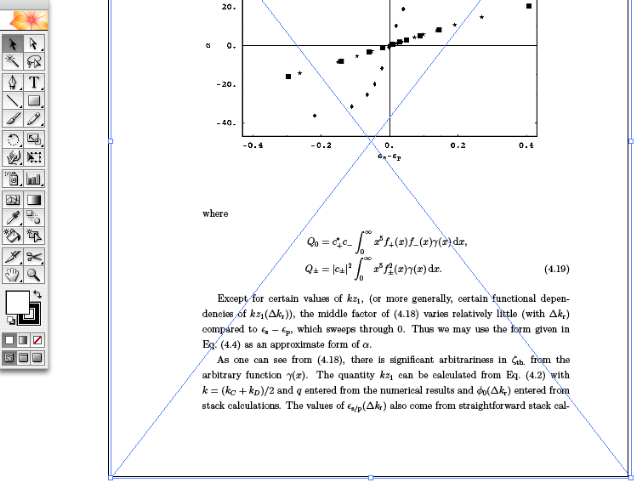
Keep an eye on the window that shows what you’re changing as you change it. You’ll want to adjust the rest of the settings according to your image. In the dialog, select “ Color Quantization,” and set your Colors to 2. With your raster image selected, go to the Path menu and select Trace Bitmap (Shift+Alt+B). You’ll also notice the edges are a little fuzzy or pixelated. If you use the “ edit path by nodes” tool (F2), you’ll see that we have no nodes to select.

it goes bust with open paths and when the curve is near itself.If you still need some help understanding why you need to convert files for laser-cutting, check out our article, “Why We Require Vector Files for Laser-Cutting.” Okay, let’s get started!Ĭreate a new document in Inkscape and import your raster image.there's no easy to input numeric offset value, it must be adjusted by eye.One can ask "why all this complexity, why do you not simply use Path > Dynamic offset?"

Tested, how well the result fits in the original traced curveĬonclusion: quite as good as the original tracing Stroke is outlined (Path > Stroke to Path), removed the fill, new stroke width = 0.5 mmĭivided again like in step 3. In Inkscape the edge will be 2,5mm aside from the path => one of the edges shoud be the wanted centerline trace.

New colors are selected to make this explanation clearerĭeleted the red curve, the blue curve got 5 mm wide stroke.

If your original was a closed shape like a circle, no divisions at nodes are needed, only Break apart. Remember to confirm all divisions with Path > Break apart. Traced bitmap, fill removed, 0.5mm strokeĭivided with the node tool to 2 separate curves, end segments are deleted. If your curve happens to be uniformly wide and do not cross itself, you can get a good result:Ī bitmap curve, about 5 mm wide, high contrast, high resolution, sharp, no JPG compression artifacts (=easily traceable) I guess you want so called centerline tracing or a way to convert normal Inkscape tracing result to it.


 0 kommentar(er)
0 kommentar(er)
